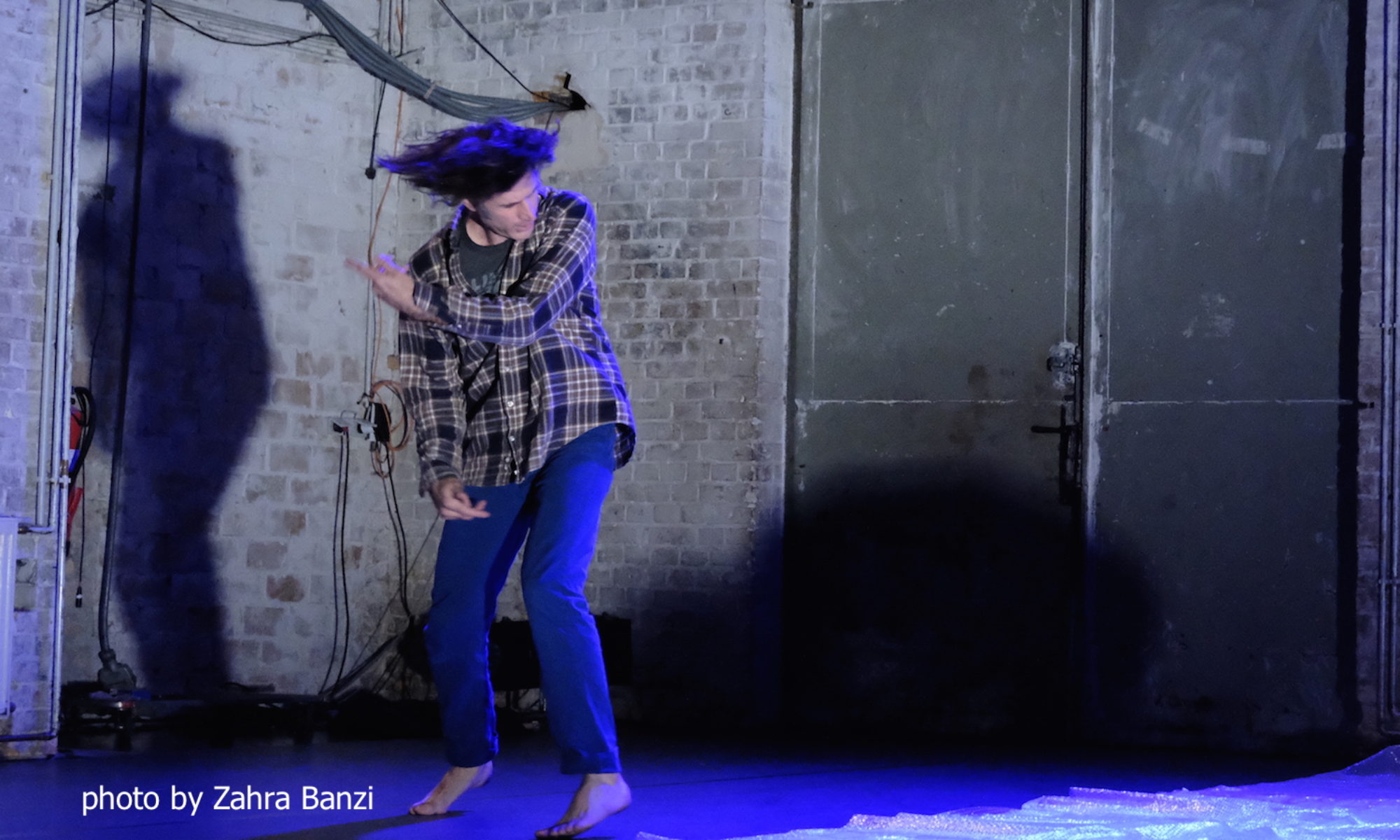Below are the feedback discussion points I received from my performance of The Range of Acceptable Outcomes as part of my MA dance studies. The text for the piece is here and the framing statement for the piece is here. I added the numbers for clarity when referring to those specific points.
I am confused by points 5, 6, and 7. I thought a “sense of assuredness, certainty, demonstration of expertise”(point 5) was a good thing in a performer, especially one that is doing a performance lecture.
I also do not understand how “control…of material prohibits interaction”. The piece, though a lecture, was also a performance. Interaction in the proscenium format is inherently limited. This could, though, refer to mental interaction. But then again, I refer to the lecture aspect of this piece. The point is to disseminate information is a clear(ish) manner that people can think about during or after the event of dissemination. Maybe I was so engaging that my performance inhibited all thought. I wish that were the case. With that skill I would take over the world!
And point 7 – “too few moments of fragility” Why would I want fragility in a performance lecture? It is not an emotional event, it is a lecture.
As those three points were on the list of discussion points and from my reading, negative, I assume that those were part of the reason I did not get a perfect score. Maybe if I had written a better framing statement, I would have received a better grade. But as those points refer to the performance aspect not to the relationship with the framing statement.
Also point 11 – the piece lost “momentum” and stayed in the “same frame of reference”. I admit that my performing lost steam. A question of craft, that. But, as I understand the “frame of reference” that I was referring to – a lecture – always stays in the same frame. People sit behind a table, a desk and speak with the same tone and energy for the whole lecture. Every lecture I have seen so far during the S.O.D.A. program has been in the same energy and tone. Maybe the lecturers did not lose momentum, but they stayed in the same register.
Maybe with this, too, I should have been more explicit in my framing statement.
ahh, the learning curve…
Andrew Wass
Grade: 2.5 Very Good
Assessment 101 Feedback Discussion Points:
1- Appreciated humor and mental ability (word plays/associations)
-2 Are you aware of historical precedence of the ‘style’ of performance – the rhythmically structured
talking? Is this an attempt at “Leading audience indirectly?”
3- What is your context of investigation of zero point?
4- Categorization of parts brings attention to what is not there – experience of own choices not
evident
5- Sense of assuredness, certainty, demonstration of expertise makes presentation not easily
accessible (as audience we feel tricked, or that there was riddle we were meant to solve..)
6- Too much control in manipulation of material prohibits interaction
7- Too few moments of fragility
8- Improvisation vs choreography – in what way is this important?
9- Need to go into more ludic quality of text to enter into profound relation with these issues
10- Art is assertion of form – formal takes over – Form doesn’t support gathered matters of concern
11- Performance loses momentum, stays in same register (no cracks) stays in same frame of reference
12- Need to sharpen own perceptive tools with how improvisation can be developed
13- Freedom and constraint – the relation of these two need to be more thoroughly investigate
14- Some clear questions presented in framing statement –for example: “how much audience needs to
know to enjoy the work?” “individual parts don’t last but whole remains in memory”
Examiners: Prof. Rhys Martin, Prof. Kattrin Deufert, Litó Walkey

